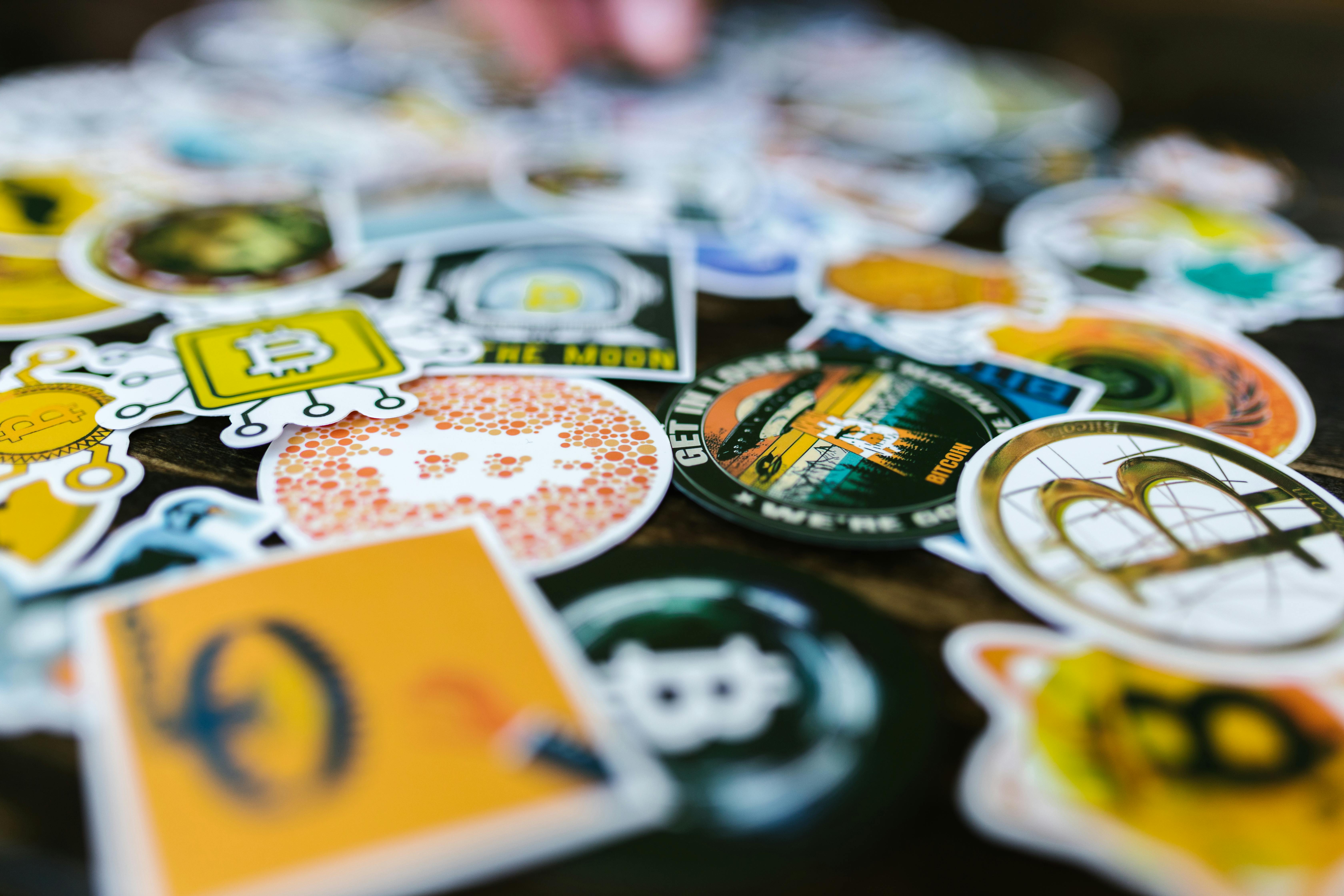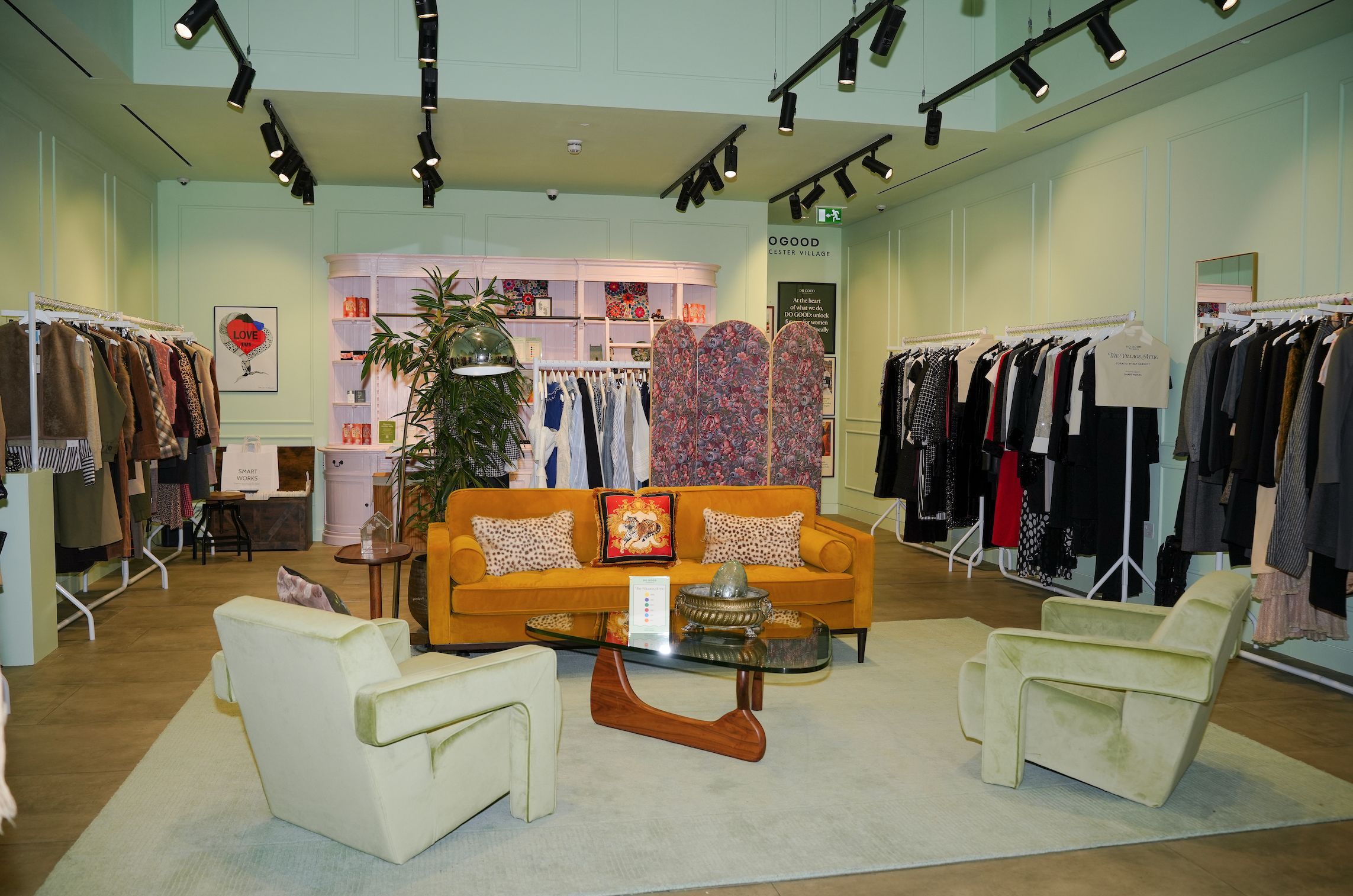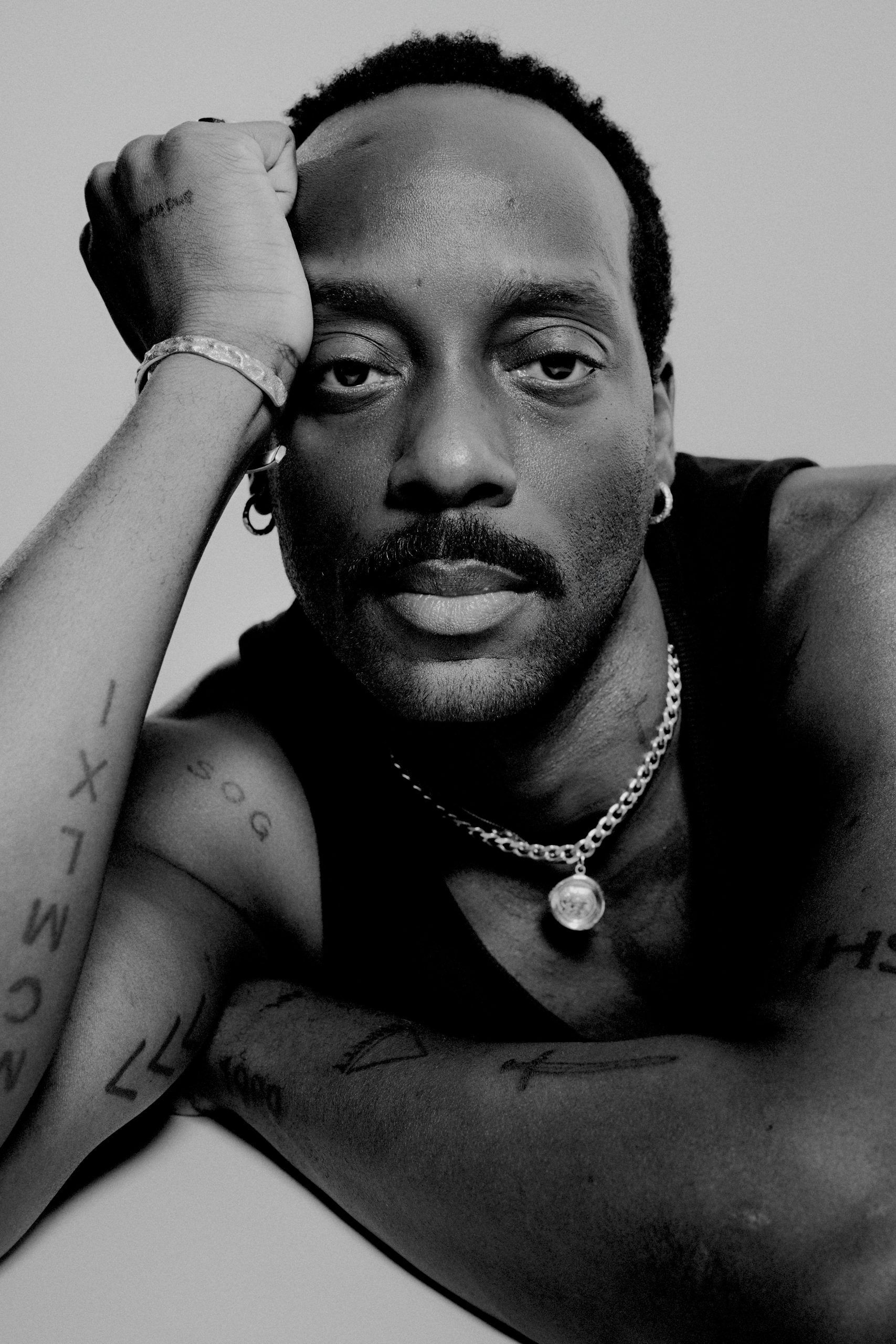
When you first hear the word crypto, you might be tempted to think that this is just for the techies and finance people to know. But it’s interesting to note that today, cryptocurrencies are not just for a small section of people or industries. In the most unlikely of collaborations, cryptocurrencies and crypto wallets are quickly becoming the new fashion accessories in town.
Fashion is versatile, but no one knew it would get to the levels it is at in 2025. Different fashion icons and brands have been adopting and incorporating crypto technology into their models. For example, Pi Network clothing is becoming common all over the world. A site like Redbubble showcases fashion items on this line from all over the world. As the Pi Network price continues to gain popularity in the market, the merch is already making waves.
Today, there are over 659 million crypto users globally, and many are not afraid of showing off in the fashion world. However, the thing that most people would want to understand is the different ways crypto and fashion have fused to bring the best out of each other. That is what this article is aimed at exploring.
Luxury brands are accepting crypto payments
Different fashion brands have already adopted crypto payments into their systems. As Bitcoin and other tokens continue to soar in value, more luxury brands are getting onto the bandwagon. Until recently, only a select few brands, including LVMH, Hublot, Tag Heuer, Gucci and Balenciaga were accepting crypto for payment. However, in 2025, Triple A records that crypto payments make at least 10% of the total transactions in the luxury market businesses.
One of the reasons behind fashion brands accepting crypto payments is opening up the market. There are many crypto owners that want to indulge into the world of luxurious fashion but don’t want to convert their tokens. With fashion brands accepting crypto, the market is becoming bigger and luxury labels are able to cater for affluent shoppers in the tech world.
For example, many luxury labels have set up shop in upscale Silicon Valley malls. Their main target, tech enthusiasts. By offering crypto payments, these brands are also branding themselves as innovative rather than stuffy brands for the boomers. And if there is something that tech people love interacting with, it’s innovative brands.
Fashion NFTs are the new thing
If you had been told something about digital fashion 10 years ago, you’d probably say that sci-fi was getting into the minds of people. However, right now, this is not just a theory, it is happening all over. Designers are removing the line between tangible and virtual fashion and expressing their creativity.
The rise of fashion NFTs has given designers an avenue to experiment on designs without being limited to physical production. These have made it easy for fashion designers to come up with designs that would otherwise be impossible or impractical to do in the physical world. Also, NFTs provide a platform for limited edition releases, ultimately increasing the desirability among consumers. Each NFT ensures that owners own a one-of-a-kind item that can be showcased in metaverses or traded on digital platforms.
With fashion NFTs, there are a couple of things that you should know:
- You can personalize your avatars in virtual worlds by adorning them with digital fashion items.
- Collectors are given the liberty to own rare digital pieces.
- Designers can use NFT sales to monetize their creations.
- Brands have a chance of reaching their global audience without having to make physical products.
- Through smart contracts, NFTs can be programmed to provide royalties in secondary sales.
- Designers have access to consumers without having to go through intermediaries.
New runways and storefronts in the metaverse
Virtual fashion shows have also become a thing with the rise of virtual spaces like Decentraland, Roblox and The Sandbox. Brands can now invest in digital storefronts and immersive showrooms. For example, the Metaverse Fashion Week, first held in March 2022, has become one of the most iconic events ever in the history of fashion. The event hosts global brands like Elie Saab, Etro, IKKS, Tommy Hilfiger, Dolce&Gabbana among many others.
This digital experience helps blur the line between digital technology and fashion and allows users to interact with brands in ways that were previously unimaginable. The good thing about these events is that they are more inclusive, unlike the exclusive Fashions Weeks hosted by big brand names. On the metaverse, as long as you have internet access, you are free to attend.
Interestingly, these shows are not just performances; you can turn them into shopping experiences. Often, viewers are given the chance to click on a particular outfit and purchase a digital version for their avatars. Additionally, you can even order a real-world physical version, and it will be delivered to your doorstep. This magical blend of fashion, entertainment, retail and tech represents a major shift in fashion consumption.
Transparency in the supply chain
One of the major challenges in the fashion industry is the counterfeiting of products and the questions about raw materials and environmental damage. Many consumers have become more aware of the environment and they are demanding more accountability. But until blockchain came, this was a hard challenge to deal with. This tamper-proof technology is revolutionizing how fashion brands manage and share their supply chain data.
At its core, blockchain allows for real-time tracking and verification of every state of a product’s life cycle. This means that you can trace each stage from production in factories until when it gets to the consumer. Since these products come with a digital certificate, you are able to verify on the blockchain that the product you are getting is indeed authentic, not counterfeit.
There are a number of real-world examples of this already happening in the fashion world, so you don’t think that all this is just a theory.
For example, LVMH in conjunction with Prada and Cartier co-founded the Aura Blockchain Consortium. This platform is designed to provide product traceability and authentication across the luxury sector. Just scan the QR code on the luxury item and all the information flashes before your eyes. Another tech company, Everledger, helps fashion brands track ethically sourced precious stones.
When you hear about virtual currency and worlds in the fashion industry, it should not come out as a far-fetched idea. It is already a working idea that is causing massive growth in the fashion industry. In 2025, the development that has been caused by cryptocurrency and blockchain technology in the fashion world cannot be rivaled by any other. This tech is changing the idea of how people treat fashion, and in the next few years, who knows what will be happening!



